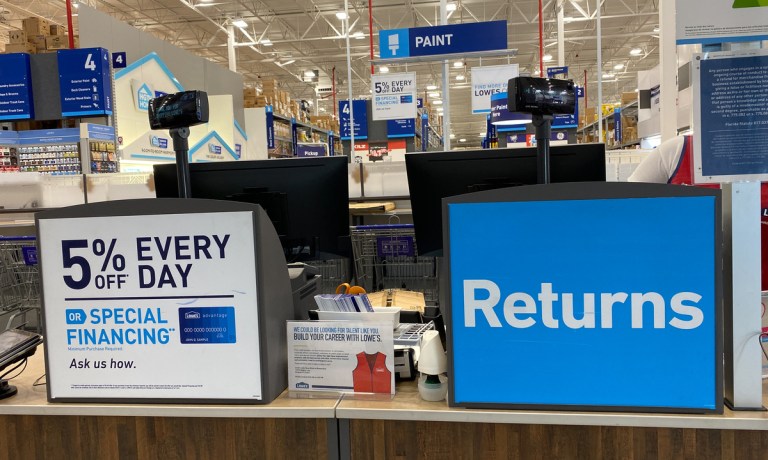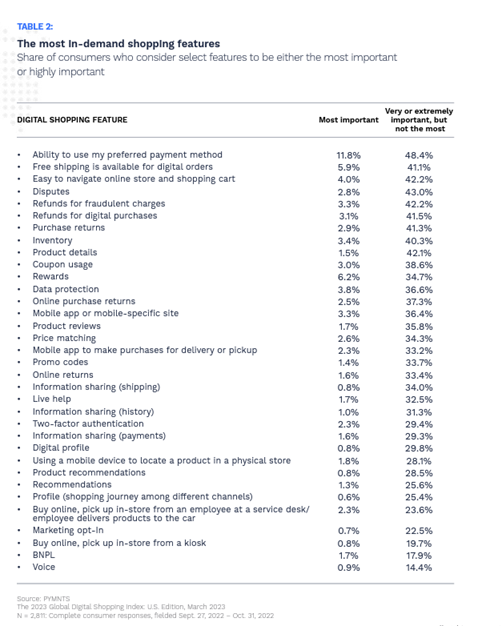Retailer Return Policies May Put Future Sales at Risk

Despite the shopping feature’s popularity, merchants keep tightening requirements for returns.
In today’s competitive in-store and digital marketplaces, where it seems like everyone is seeking out a deal, making a beloved feature less accessible to customers seems like a risky move.
And consumers do love free returns for online purchases, as detailed in the PYMNTS collaboration with Cybersource, “The 2023 Global Digital Shopping Index: U.S. Edition.”

When it comes to online returns, defined for these purposes as a retailer offering free online returns using printable shipping labels (and, thus, the most friction-free listed return feature of a sizable list), 33.4% of U.S. consumers consider the feature very or extremely important. A further 1.6% of surveyed consumers cited it as the most important feature to them when shopping online. Given its popularity, it is not a stretch that the retailer pullback on returns to boost margins may come at the expense of customer loyalty. However, limiting returns is a risk some merchants are willing to make, given the cost incurred on their end to process them. In 2022 alone, an estimated 16.5% of all merchandise bought online was returned.
While some retail giants from Amazon to Zara so far seem secure in switching to some level of fee charging for returns, others are trying alternative routes. In March, returns technology provider Optoro announced that Gap has signed on to streamline the retailer’s returns process. Gap is using Optoro’s online portal for a more intuitive returns experience that includes features such as instant exchanges and label-free, box-free drop-off locations.
Other brands and platforms are turning to AI to stem their rate of merchandise returns by tagging product attributes according to consumer search terms. For example, thredUP has partnered with LilyAI to do so, reporting a 15% increase in sell-through rates with a 2% conversion rate lift for customers making more than two purchases via enriched product data.
AR is being implemented as well to reduce returns. One example is tech company Perfect, which created virtual hand-sizing software aimed at assisting jewelry brands. With Perfect’s tools, jewelry brand customers can visualize accessories such rings, bracelets, and watches, in order to explore products sold digitally without the inconvenience of ordering and returning items. Previously, Sally Hansen leveraged Perfect’s technology to allow its customers to experiment with their nail polish selection.
Keep ’em free, charge a fee or find another method — returns for online purchases remain on track to stay popular. Retailers choosing their returns strategy may consider the consequences for each of these choices, and which is least worst for their particular organization.